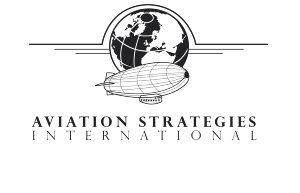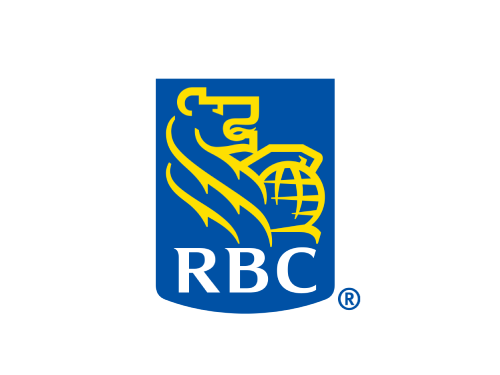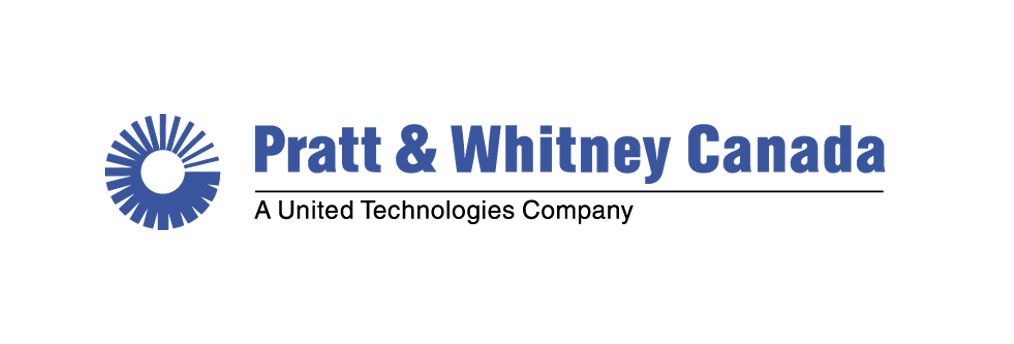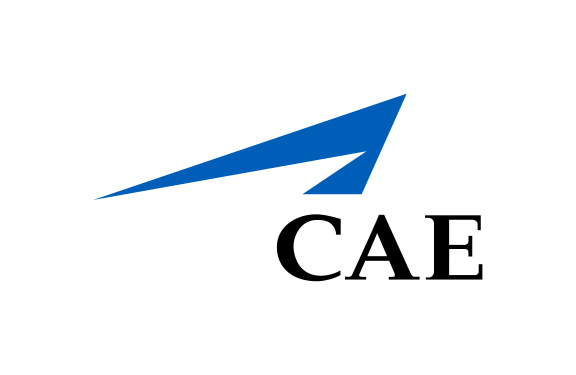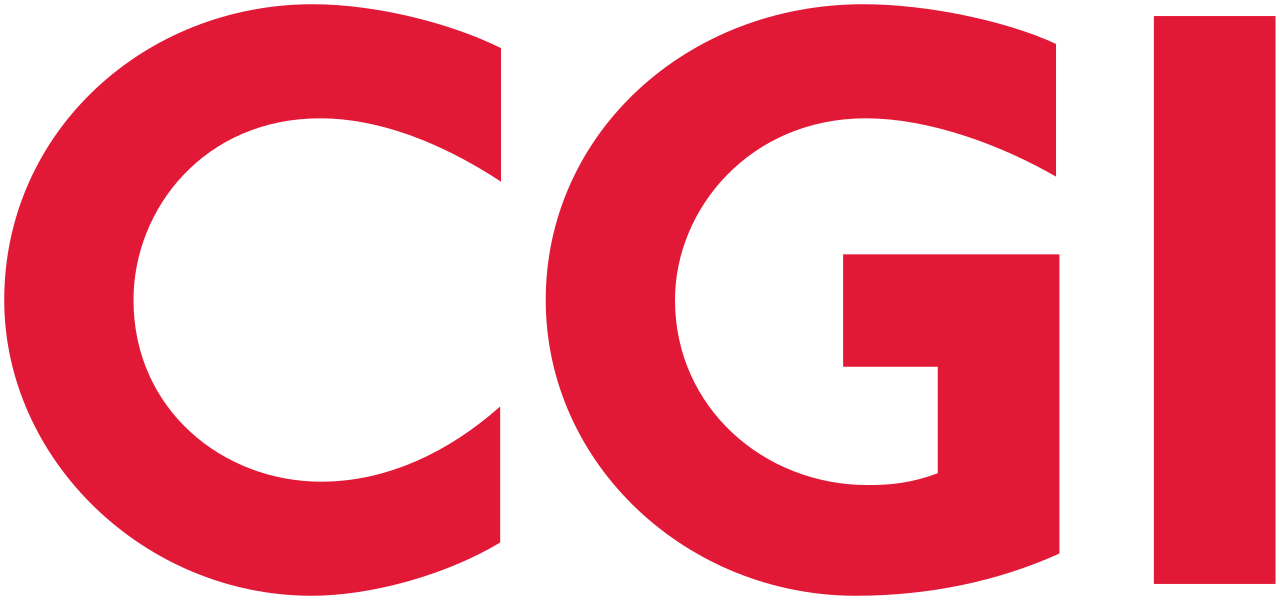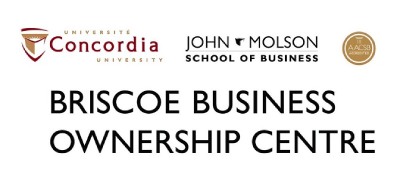Gearing up for the Case Competition
Concordia’s team trains hard in hopes of big win
MBA student Sean Cauley is learning to make eye contact when he speaks, to keep his hands from fidgeting, and to speak without saying “um” or “uh.”
He is also learning to analyze a case study of a business in trouble, come up with a solution, and prepare a half-hour presentation, all within two or three hours.
Cauley is one of fifteen students in “Strategies for Action,” a course specifically geared towards Concordia’s Case Competition, to be held from January 22 to 24 (the Presentations are open to the public).
The Case Competition, started six years ago, is a prestigious event. It is important enough to warrant this three credit course aimed at producing a competent team for the event.
“In past years this class was geared specifically towards the Case Competition, says Management assistant professor J. Pierre Brunet, who teaches the course. “This year, I have two objectives: to develop a competent team, and to teach students good presentation skills.”
The three-day competition has teams of four students analyzing business problems and presenting their solutions to a panel of judges. The competition, held every January, started out as a project done by two MBA students. They decided to put it into action.
In 1982, the first year of the competition, there were five Montreal universities participating, and 20 judges. It has now mushroomed into a national event.
“The Case Competition was started in order to build Concordia’s name in the business community,” says MBA student Laure Abadi, one of the co-organizers. “It’s really been a success.”
Abadi and fellow organizer Peter Barrette expect 18 universities and 130 judges to take part this year. They have received confirmations from universities all across Canada. Teams of four are being sent from as far east as Newfoundland and as far west as Alberta. The University of British Columbia is sending an observer this year. They want to see if the event merits the expense of sending four students. The University of Toronto, on the other hand, wanted to send two teams.
The judges for the event are selected from the major corporations in Montreal. Many of them are senior V-P’s and presidents who have years of experience presenting case study analyses. A number of them have been judges in previous years.
For MBA students, it’s a chance to show their know-how to people already in the field. “The competition is a good way to meet important people in the business community,” says Cauley, “and it’s also a way to see how you stack up.”
Brunet says the competition increases students’ job opportunities. “If you win, you get a lot of recognition,” he says. “It means you’re the best at handling business problems and coming up with good solid solutions.”
He says that the contact with the business community is very advantageous for students, in fact he believes that this is the prime motivation for a lot of them.
Nicholas Brown, a member of Concordia’s team last year, says he would do it again. “It was exhilarating,” says Brown of the competition. “It teaches you to think under pressure and lets business people see how well you handle yourself.”
The Competition’s budget is between $35- and $40,000, half of which is financed by business donations. The three prizes are scholarships of $2,000, $1,500 and $1,000, given by the Bank of Montreal, Alcan, and Pratt and Whitney, respectively.
Concordia’s team has never won any of the prizes in the Competition’s six-year history. Brunet wants to change that no-win record, so when his students get up to make their weekly presentations, he watches for every little “um” and “uh,” and every nervous gesture.





